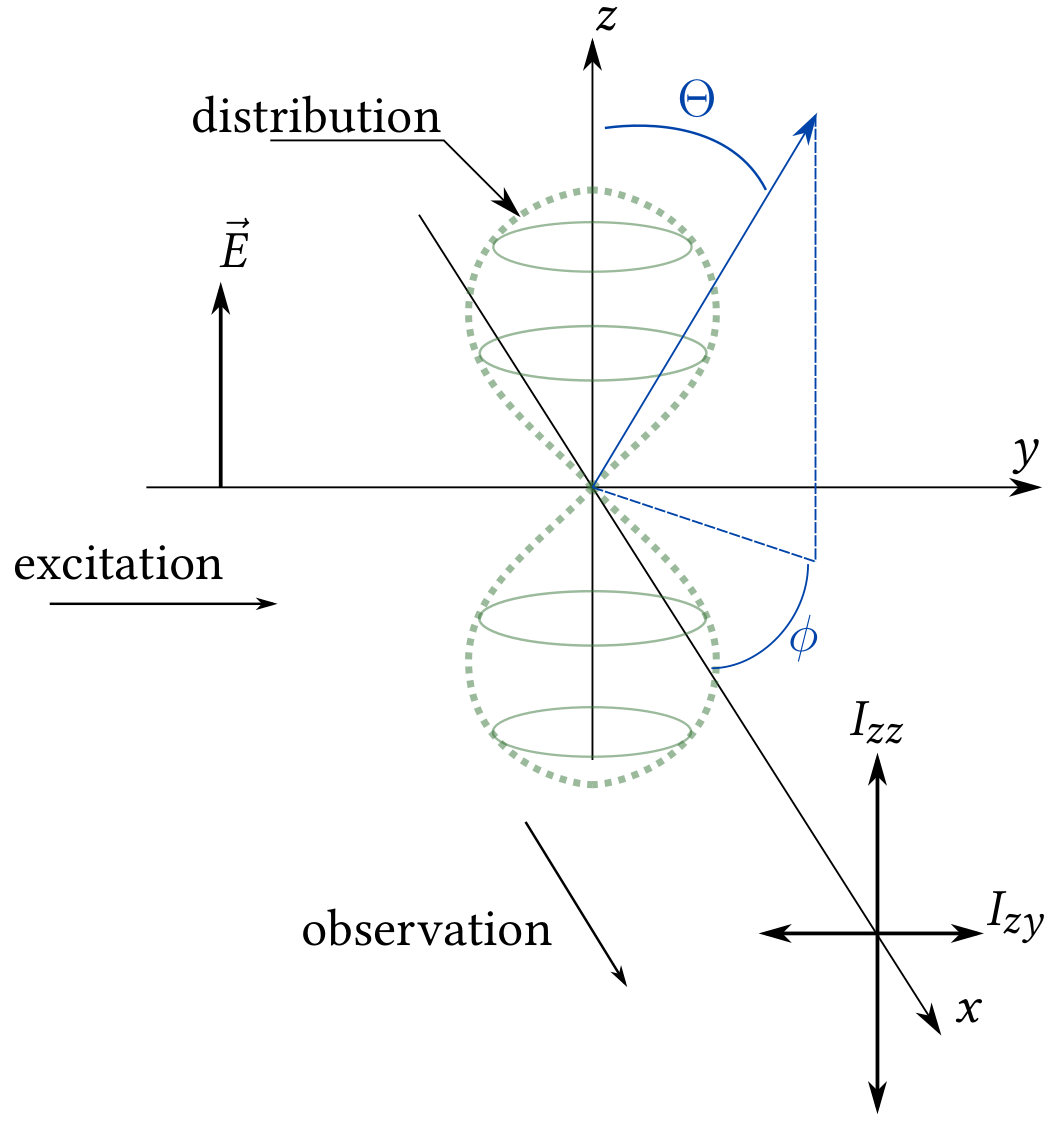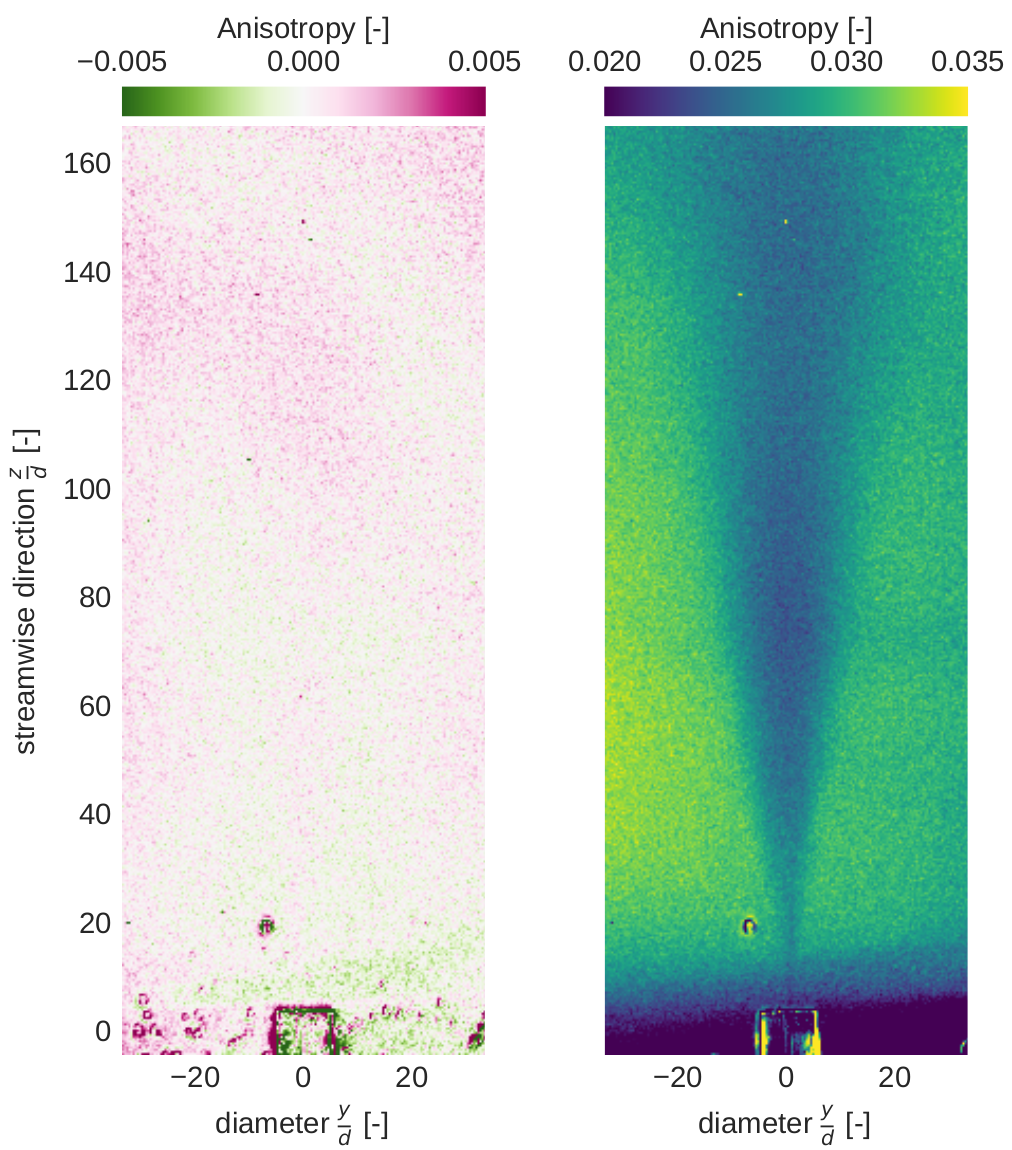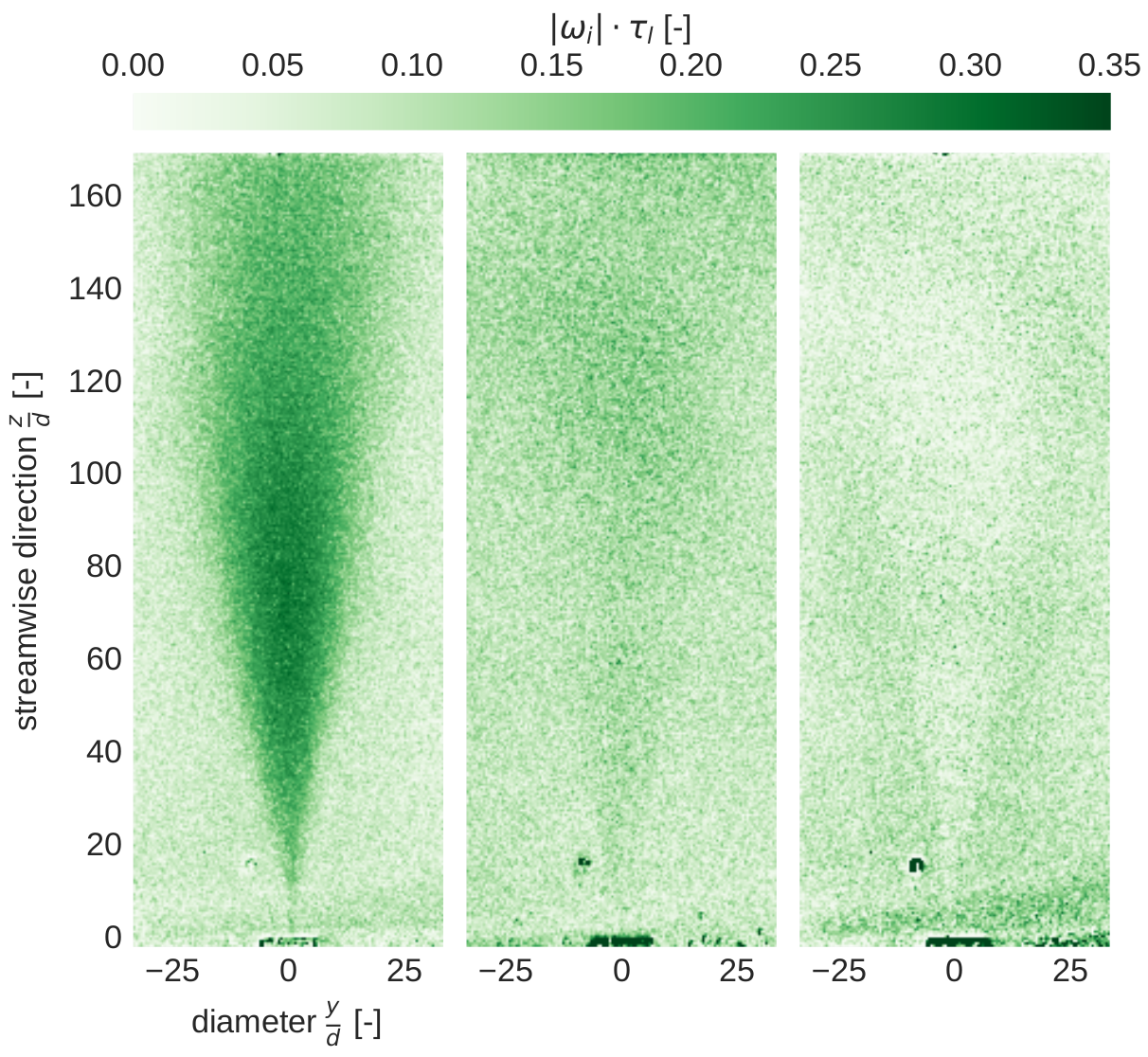Measurement of Flow-Induced Nanoparticle Rotation with Luminescence Anisotropy
Markus J. Schmidt and Thomas Rösgen
Abstract
Flow-induced microrotation, also known as vorticity, is a fundamental characteristic of turbulent flows. Despite ongoing research in the field, adequately measuring this fundamental property remains a significant challenge. Various methods have been developed with specific advantages and disadvantages. They should be evaluated on their cost, complexity, and performance while achieving an adequate spatial and temporal resolution.
This work examines the utility of luminescence anisotropy for the measurement of fluid-particle rotations. The basic concept rests on the idea of depolarization of an initially polarized excited population of dye molecules. Analyzing the rate of depolarization it should become should be possible to measure changes in in molecular orientation due to fluid rotations.
Luminescence Anisotropy
Luminescence, a molecule's ability to emit a photon after it has been excited to a higher energy state, is a well-known phenomenon and utilized in numerous measurement methods in science.
Many luminescent species show an anisotropy of their emission due to preferential directions of absorption and emission transition moments. The change of this characteristic anisotropy can be used as a probe into the molecular behavior of the luminophores. The observed processes are stochastic, most prominently linked to the rotational Brownian motion.

The probability of excitation of a molecule depends on the angle between the incoming photon's electric field vector and the molecule's absorption transition moment. With the electric field vector of the incoming light parallel to the z-axis and propagating along the y-axis, the excitation will depend on the polar angle \( \theta \). The probability of excitation for the molecule is then the squared cosine of this angle, \( \cos^2\theta \).
Influence of Deterministic Rotations on Luminescence Anisotropy
If a population of molecules is exposed to flow-induced motions, the luminescence anisotropy is affected in a deterministic way. If the flow has a vorticity component, the population should experience a rotation, and thus a change in the anisotropy should be observable:
In fluid or gas, suspended particles are subject to random motion due to the interaction with the surrounding molecules. For the intensity of polarized emission, these aspects of rotational motion are significant and can have an influence on the detectable signals. The rotation must be faster than the decorrelation introduced by the decorellation due to Brownian motion:
Luminescence anisotropy and vorticity of a turbulent round jet
For the examination of the effect of a flow on luminescence anisotropy the measurement of polarization signals in a free round jet at Re = 12000 in a 2D plane at its centerline is performed. The signals are acquired with an ungated CCD camera. Thus, only a temporal average of the signals is acquired. Measurements with two different orientations of laser polarization are acquired. The result for vertical excitation yield an observable change in the region of the jet:

The model for deterministic rotations as described before is applied to compute the absolute vorticity and is being developed further. Three components can be computed:

Outlook
A direct measurement technique for vorticity, i.e., not as a computed velocity gradient, is still lacking despite the significance of mapping flow fields in general and turbulent flows in particular. The influence of the turbulent round jet on the luminescence anisotropy has been shown. The proposed method of luminescence anisotropy for detecting rotations, if further elaborated, might provide a possibility to measure all three –absolute– components of the vorticity in a time-resolved manner.
